NPR highlights Nuclear Emergency Support Team
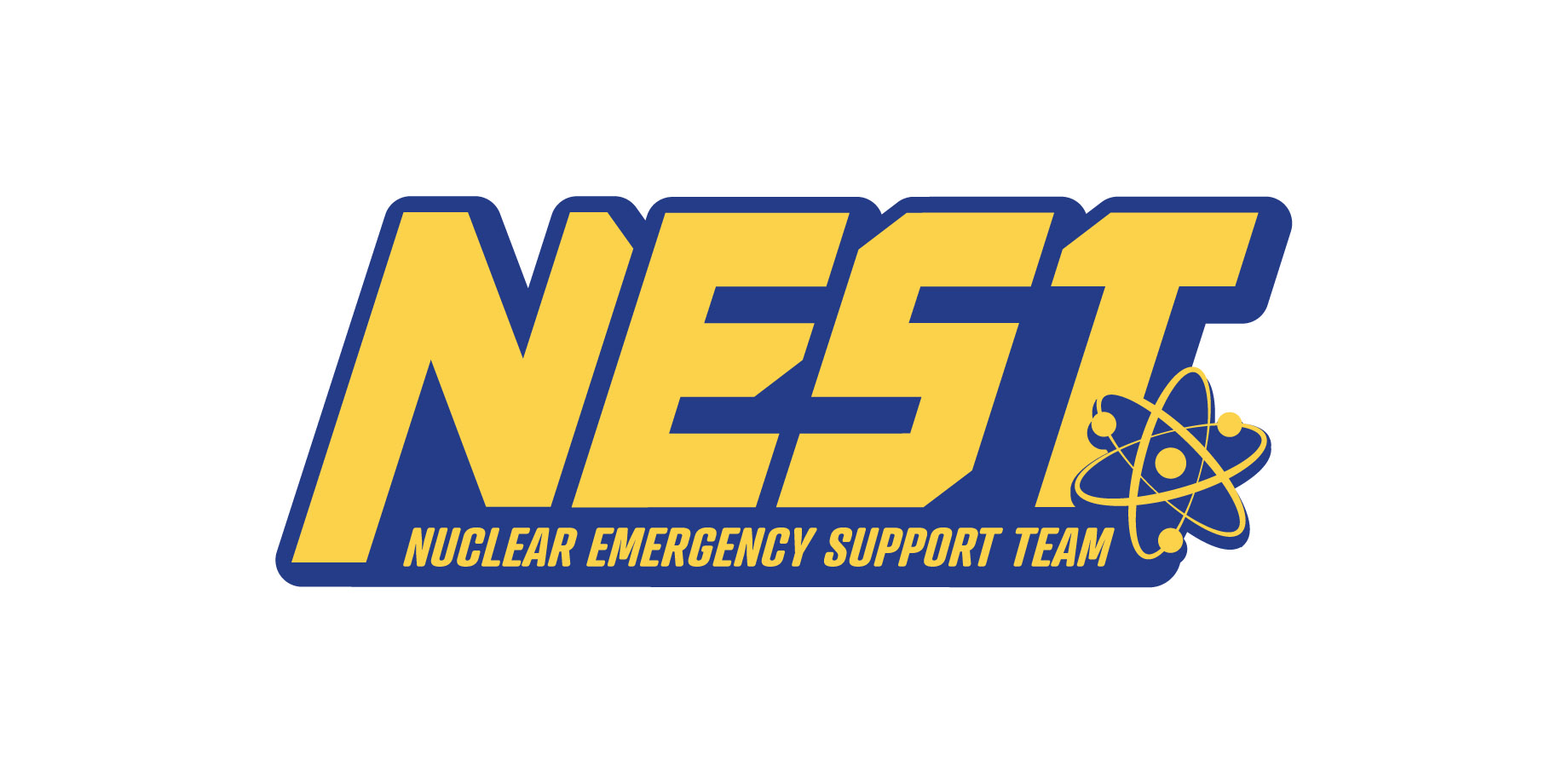
The little-known Nuclear Emergency Support Team (NEST) was highlighted recently on the popular NPR show “All Things Considered” and was accompanied by an online feature.

A message from Goodway Technologies
Optimizing Maintenance Strategies in Power Generation: Embracing Predictive and Preventive Approaches

The little-known Nuclear Emergency Support Team (NEST) was highlighted recently on the popular NPR show “All Things Considered” and was accompanied by an online feature.

FLiBe—a mixture of lithium fluoride and beryllium fluoride—is not an off-the-shelf commodity. The Department of Energy suspects that researchers and reactor developers may have a use for the 2,000 kilograms of fluoride-based salt that once ran through the secondary coolant loop of the Molten Salt Reactor Experiment (MSRE) at Oak Ridge National Laboratory.
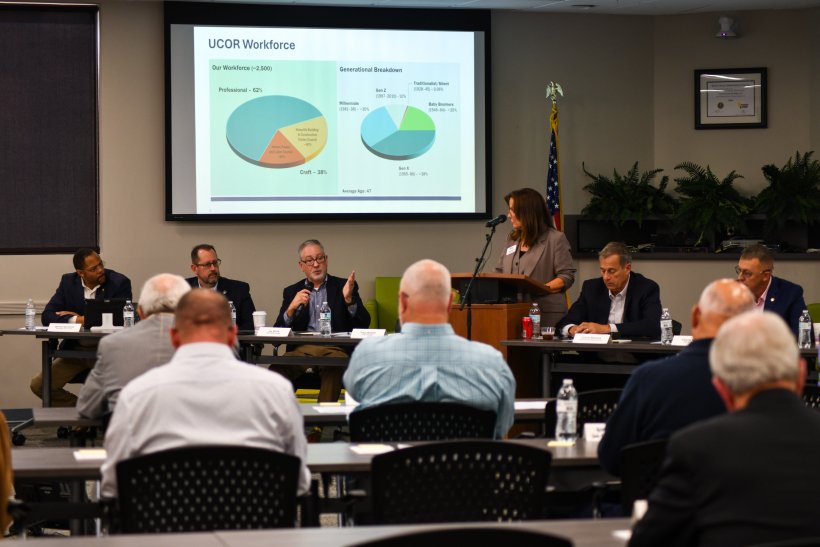
Federal and contractor officials, community leaders, and educators gathered in Knoxville, Tenn., on October 29 for a roundtable event focused on ensuring the Oak Ridge Office of Environmental Management (OREM) and its partners have the resources and infrastructure needed to support a robust, talented workforce in the years ahead.
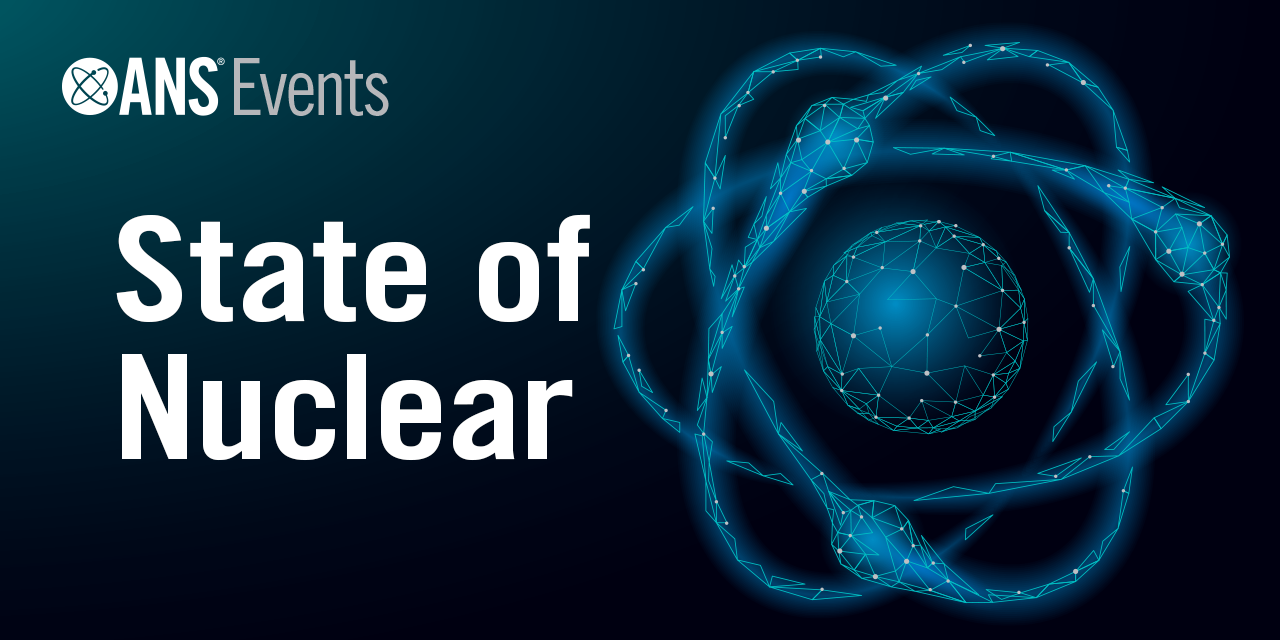
As a primer to the American Nuclear Society Winter Conference and Expo, ANS Executive Director/Chief Executive Craig Piercy hosted a panel discussion titled “The State of Nuclear,” sponsored by the ANS Trustees of Nuclear. The October 29 discussion, the first in a two-part series, featured five thought leaders from the nuclear community as they reviewed the current state of nuclear power. The second panel will take place during the ANS Winter Conference in Orlando, Fla., on November 18.

The U.S. and South Korea have reached a provisional agreement and are working on a memorandum of understanding to advance the countries’ partnership on civil nuclear energy.
.jpg)
The discovery of a rare species of bee by environmental regulators has blocked the plans of tech conglomerate Meta to build an artificial intelligence data center powered by nuclear energy—at least temporarily. Numerous media outlets, including Popular Science, have reported that the unnamed species of bee was detected by regulators who were surveying the land designated for the new data center—land that is located next to an unnamed nuclear power plant from which Meta had planned to obtain electricity.

Savannah River Nuclear Solutions (SRNS), the managing and operating contractor at the Department of Energy’s Savannah River Site in South Carolina, and the DOE’s Los Alamos National Laboratory in New Mexico are partnering with multiple universities to develop next-generation technology and personnel pipelines to advance the DOE National Nuclear Security Administration’s two-site pit production mission.

Leadership of the United Kingdom’s STEP (Spherical Tokamak for Energy Production) fusion program has transitioned to U.K. Industrial Fusion Solutions Ltd. (UKIFS), a wholly owned subsidiary of the U.K. Atomic Energy Authority (UKAEA). UKIFS was established in February 2023 to lead a public-private partnership that will design, build, and operate the STEP prototype fusion energy plant in Nottinghamshire in England’s East Midlands region.

The Nuclear Regulatory Commission is asking for public comment on its draft supplemental environmental impact statement for Diablo Canyon’s license renewal request.
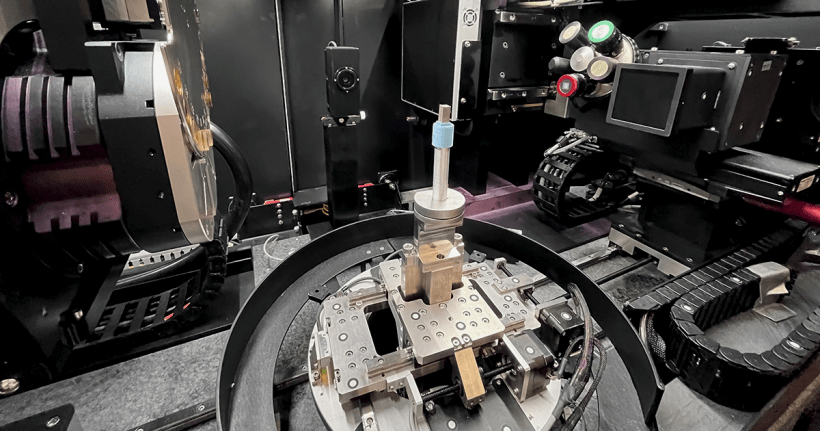
A software algorithm developed at Oak Ridge National Laboratory has reduced the time needed to inspect 3D-printed parts for nuclear applications by 85 percent, the Department of Energy announced on November 1, and that algorithm is now being trained to analyze irradiated materials and nuclear fuel at Idaho National Laboratory.

Uranium prices have fallen to their lowest level in more than a month, to just under $79 per pound, on Friday, November 1, according to analyst website Trading Economics. The lower prices, according to the site, are related to recent evidence of increased supply. This contrasts with the longer-term expectations of bullish demand and higher prices.
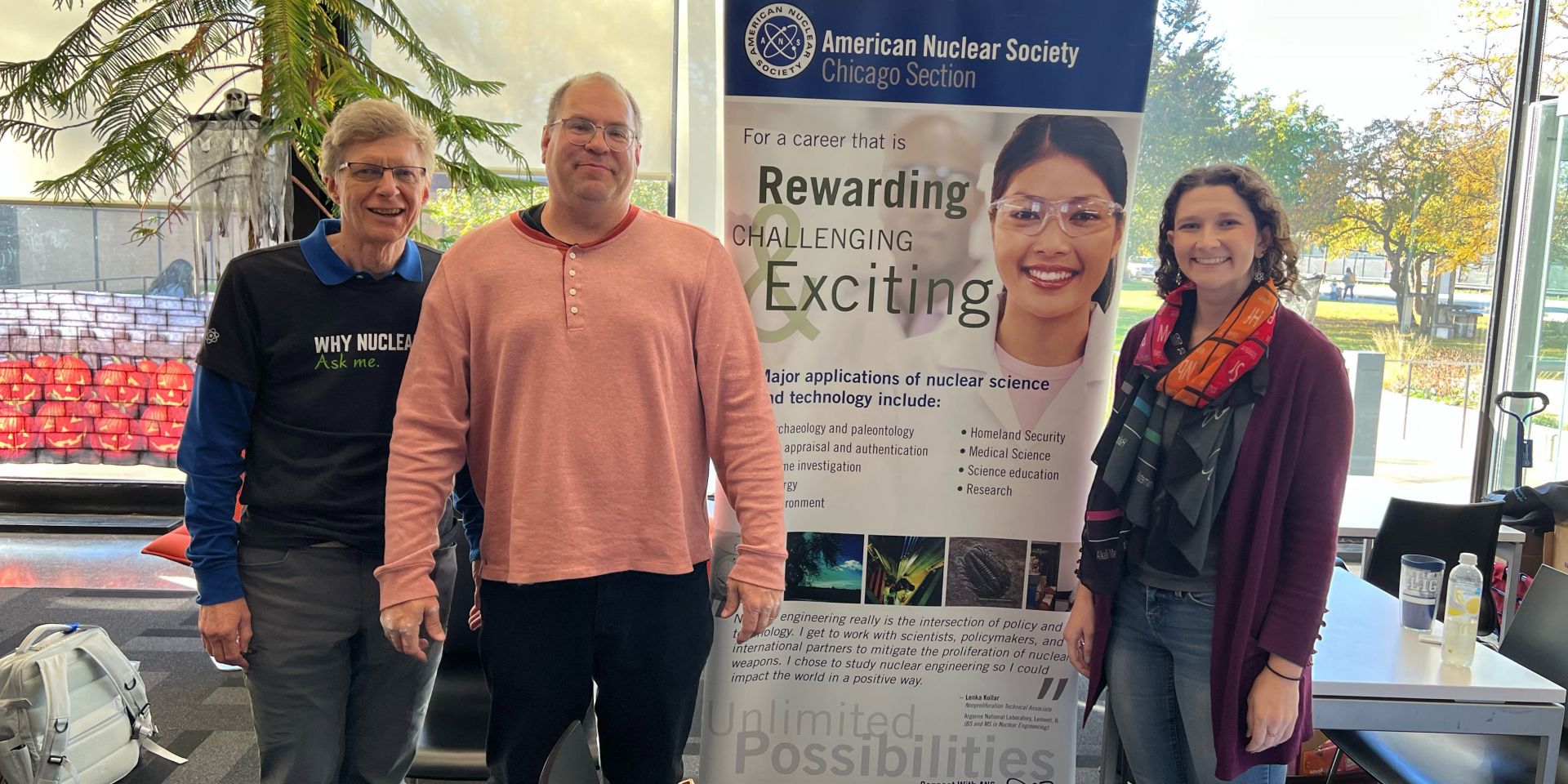
American Nuclear Society member Jeff Terry hosted this year’s Nuclear Science Week meeting at the Illinois Institute of Technology (Illinois Tech) on October 26. In his opening remarks, Terry, a physics professor at Illinois Tech, described the institute’s 12-year history of Nuclear Science Week events, going back to the 2012 meeting that included the Nuclear Clean Energy Indy car on display.
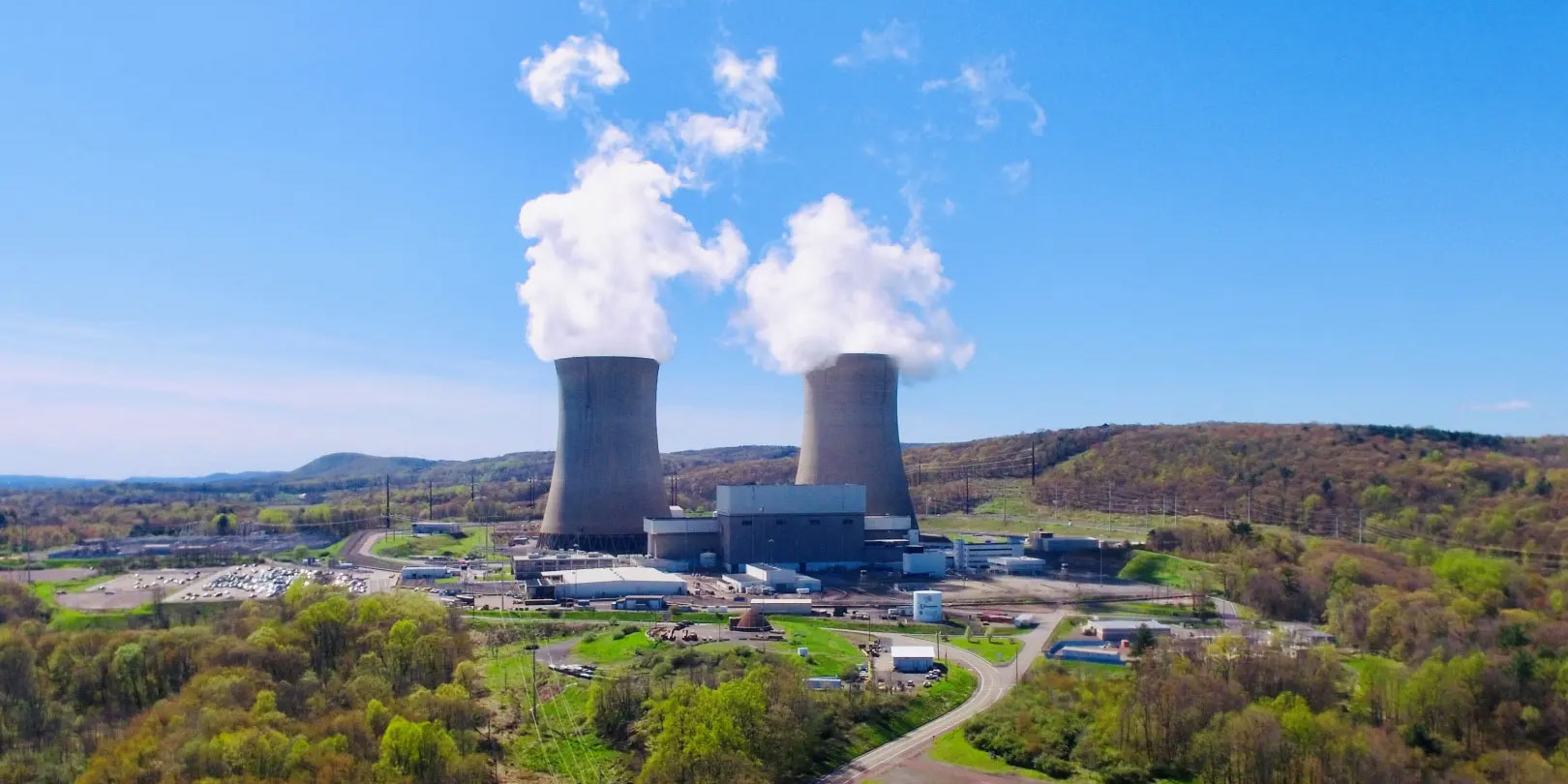
The Federal Energy Regulatory Commission has denied plans for Talen Energy to supply additional on-site power to an Amazon Web Services’ data center campus from the neighboring Susquehanna nuclear plant in Pennsylvania.

Craig Piercy
cpiercy@ans.org
As you may have heard, the American Nuclear Society recently entered into a 50/50 joint venture with the Nuclear Energy Institute to host an annual industrywide meeting in late summer, which will replace ANS’s Utility Working Conference and NEI’s Nuclear Energy Assembly. Simply put, we are taking the best of both events to create the ultimate nuclear power meeting of the year. If you are a longtime UWC attendee, you will feel right at home in the aisles of the exhibit hall, or in the working sessions designed to tackle the shared practical challenges operators face. NEI will bring the nuclear C-suite presence along with the freshest insights on industrywide issues.
The U.S. nuclear industry is growing, and we need to get even bigger if we are going to make good on the promise of a resurgence. The auto industry has SEMA, the tech industry has CES. It’s time the U.S. nuclear industry had its top event of the year.
A new webinar series launched by the International Atomic Energy Agency’s Department of Nuclear Energy, the Department of Energy’s Office of Nuclear Energy, and the Energy Communities Alliance (ECA) will discuss global progress toward a permanent solution for high-level waste and spent nuclear fuel, with presentations by senior representatives of national HLW and SNF management programs around the world.
Register for the first webinar here.

Fatigue has been identified as a major risk factor in industrial accidents. According to the National Safety Council, 13 percent of workplace injuries can be attributed to fatigue.1 Other research indicates that working 12 hours per day is associated with a staggering 37 percent increase in risk of injury.2 Considering fatigue was a contributing factor to major nuclear accidents at Chernobyl and Three Mile Island, it makes sense that the Nuclear Regulatory Commission imposes hefty fines to ensure strict adherence to its fatigue management regulations—particularly, Code of Federal Regulations Title 10, Part 26, “Fitness for Duty Programs.”

Lisa Marshall
president@ans.org
October 11, 2024, marked the 70th anniversary of the American Nuclear Society. Taking a long view, we have not looked back and instead have tackled challenges and moved forward with lessons learned. Whether we pull examples from energy or nonenergy aspects of our nuclear enterprise, our planet has benefited from nuclear science and technology, and ANS has been there every step of the way.
As the Society reflects on its own history, let us remember:
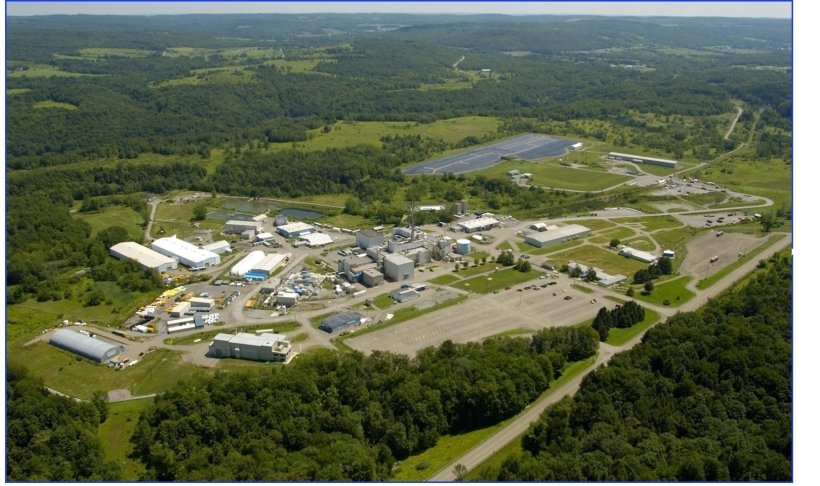
The Department of Energy’s Office of Environmental Management announced it has awarded a 10-year, $3 billion contract to West Valley Cleanup Alliance (WVCA) for decommissioning and demolition work at the West Valley Demonstration Project in western New York. WVCA is a newly formed limited liability company made up of BWXT Technical Services Group, Jacobs Technology, and Geosyntec Consultant. Teaming subcontractors include Perma-Fix Environmental Services and North Wind Portage.
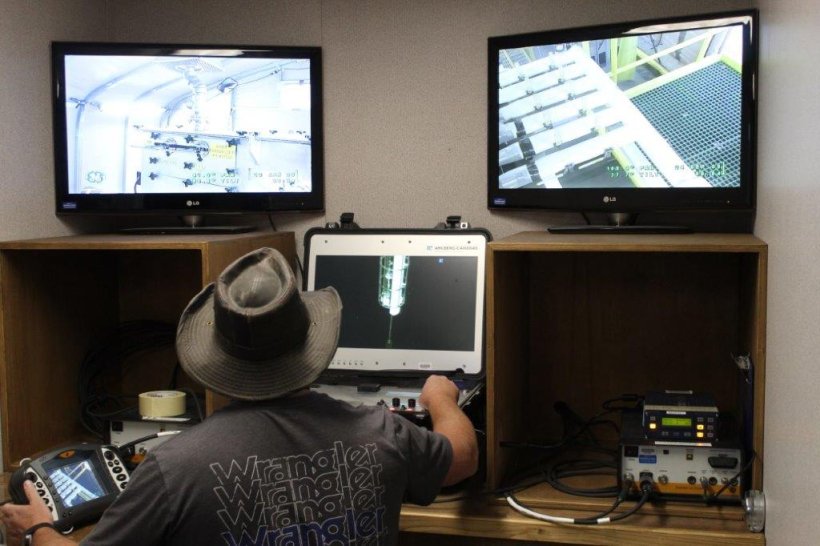
The Department of Energy’s Office of Environmental Management said that contractors have completed the treatment of 2,000 gallons of radioactive and chemical waste as part of the Hanford Site’s Test Bed Initiative project, which aims to demonstrate the feasibility of alternative options for retrieving and treating low-activity tank waste at the site in Washington state.
The Nuclear Regulatory Commission has published a proposed rule that has been almost five years in the making: Risk-Informed, Technology-Inclusive Regulatory Framework for Advanced Reactors. The rule, which by law must take its final form before the end of 2027, would establish risk-informed, performance-based techniques the NRC can use to review and license any nuclear power reactor. This is a departure from the two licensing options with light water reactor–specific regulatory requirements that applicants can already choose.